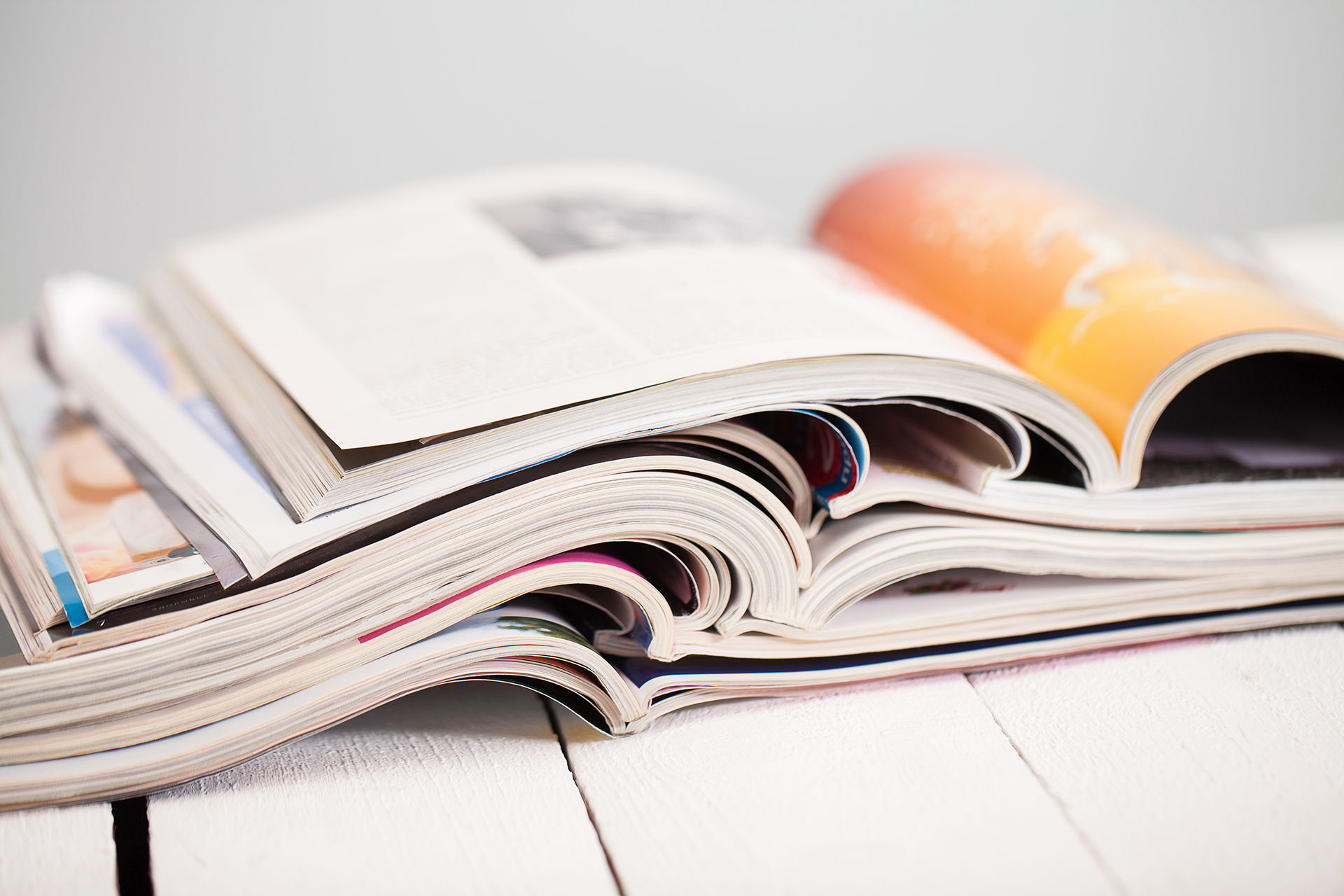Alejandra, a Poem by Aliza Epstein
- Contributor

- Apr 22, 2020
- 2 min read
Updated: Mar 4, 2022
For the collection: Life in the time of #COVID'

Pink, green, and blue
acrylic paint colors
stain her palms
and the tips of her fingernails.
Smooth skin covers
the back of her hands,
soft for the first time in her life.
Her hands had been hardened
by two years of sewing in
San Pedro Sula sweatshops
and four years of cleaning in
a fancy Santa Monica hotel.
“Don’t come to work tomorrow,”
they told her.
“We are closing the hotel for two months
to flatten the curve.”
The world retreated into its homes.
No more gatherings.
No more church.
No more work.
No more paycheck
for Alejandra.
Days were quiet and long.
News was changing and scary.
Two months became six months,
then a year,
and now eighteen months.
In her first weeks without a paycheck
she wondered if coming to California was a mistake,
the first time she entertained this thought
since fleeing Honduras.
Was it a mistake to leave at 18?
To meet Manuel six months later at church?
To marry him and birth their daughter?
To always send part of their paychecks to family back home?
Alejandra came screaming into the world on October 28, 1998,
while Hurricane Mitch ravaged Central America.
She built her life in the ruins of the storm.
Until she immigrated.
Cleaning toilets and washing soiled sheets,
she wondered if the country she wanted
wanted her too.
When the virus arrived,
the rich cleaned their own spaces.
No money was to be made in
sweeping, dusting, and washing.
No eyes were ever more than inches from a screen.
The world devoured Netflix, YouTube, and internet memes.
Rolled up blank canvases and tubes of paint
rested in a corner of Alejandra and Manuel’s bedroom.
It was a wedding gift from Manuel to Alejandra.
When they first met, he had asked her
if there was anything she’d like to try one day.
She responded, “Maybe one day
I’ll learn to paint.”
Confined to her home,
hiding from the virus terrorizing
the world,
Alejandra picked up a paintbrush for the first time.
She laid each painted canvas on the tile bathroom floor
to dry
and then rolled it up
and returned it to the corner of her bedroom.
Empty art galleries and museums
filmed their collections and
broadcasted them to the world online.
The broadcasts were free at first,
the zeitgeist of pandemic
lends itself to helping one another.
Then the galleries and museums began charging
in order to stay in business.
The charge didn’t deter anyone.
The people wanted to see art.
Restaurants and shopping malls
shuttered their doors permanently.
The people didn’t seem to miss them.
They were too busy looking at art.
Every painting in the world
had been showcased online.
The museums and art galleries needed new ones.
They begged the public to paint something new
and send them a video.
Alejandra recorded on her cell phone
her self-portrait
and her portraits of Manuel and their daughter.
The public flooded the videos
of Alejandra’s paintings
on the museum’s website
with thumbs up and heart emojis.
The public demanded to see more from Alejandra.
The museum sent her
a big check—
with more zeros than any check she’d earned from the fancy hotel—
and new canvases and paint.
Her paintings are on the museum’s homepage
next to a Picasso.
More than three billion people
have viewed her paintings.
Alejandra and a former manicurist in Dallas
are now the most well-known living artists.
Her fingers are
pink, green, and blue.
Alejandra’s paint stains
her hands
and colors the eyes
of the world.
Aliza Epstein lives in Arlington, VA. She is a non-profit manager by day and an aspiring writer by night




Commentaires